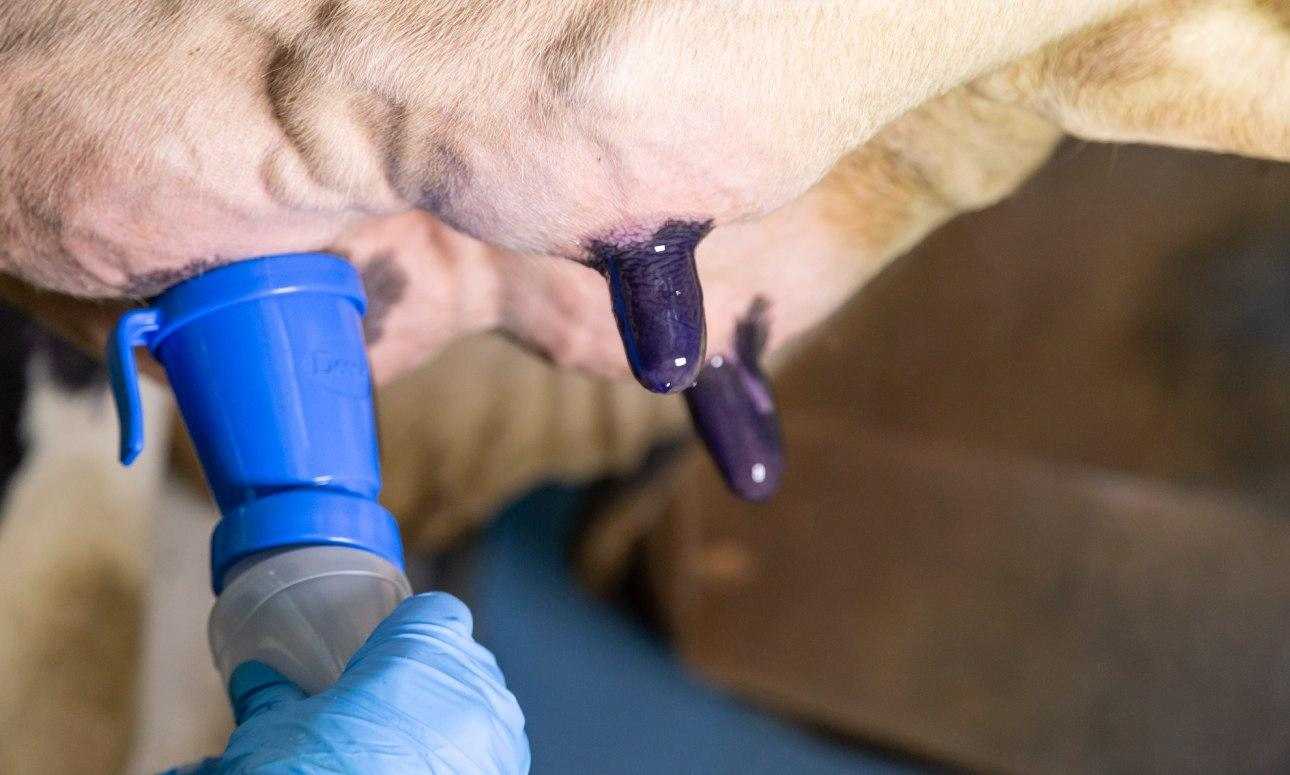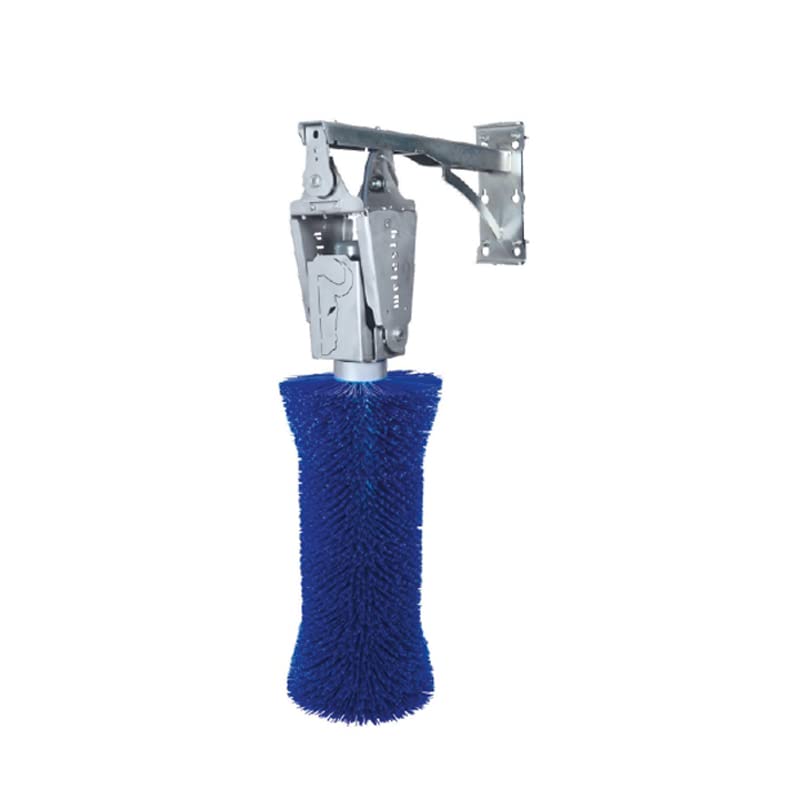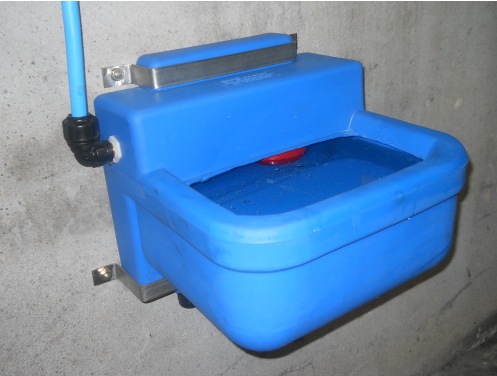Description
Dairy Cattle Udder Hygiene to Prevent Milk Contamination
When milking a dairy cow with an udder that is clean and free of infection, the milk is sterile until the moment it is secreted. In order to retain the milk’s healthy condition, it is absolutely essential to take the proper steps that will help to avoid bacterial contamination.
Contaminated milk can become a breeding ground for bacteria, yeast, and mold. When polluted, milk quality quickly deteriorates. As its condition decreases, the chance for using the milk for either liquid consumption or for being manufactured into dairy products diminishes.
When running a dairy operation, the following tips will help to put milk in the tank that is clean and free from contaminants.
AVOIDING BACTERIAL CONTAMINATION IN MILK – FOCUS ON CLEANLINESS
TIP #1. UDDER AND TEATS
Keeping udders free of infection requires steps to fight against mastitis. While it is difficult to have a herd that is 100% mastitis free, steps can be adopted that will help to reduce the number of cows affected.
Pre-milking practices should include the following steps of routine udder preparation procedures:
- Use a clean paper towel or washing cloth for each cow:
- Thoroughly wash udders using clean water with an added disinfectant, such as sodium hypochlorite
- If water becomes dirty, empty the container and fill with new
- Once udder is washed and clean, dry udder to avoid contaminated water from leaking into teat cups
- Used paper towels should be thrown away
- When a wash cloth is used, they should be disinfected and dried before being used again in the next round of milking
- When cows are housed on lots or in pastures with multiple animals, their environment can become very dirty which increases the chance for the surface of the udder to become easily contaminated with bacteria
- When cows are visibly dirty, the grime on their udders and teats must be removed
- If the dirt is muddy or is heavily caked on the udder, gently spraying the udder with water may help to loosen and remove it
- Muddy or caked dirt may also be removed with a careful and gentle brushing
- Once the visible dirt is removed, the routine procedures for udder preparation before milking should then be followed
- If the floor of the milking stations becomes overly dirty or muddy, clear the area of dirt before bringing in and milking a new cow.
POST-MILKING TEAT DIP
One of the most effective management tools used to prevent mastitis is the application of a post-milking antiseptic. Found to significantly reduce the rate of new bacteria-causing intra-mammary infections, the germicidal solutions used in teat dips and sprays work to clean, disinfect, and seal the teat opening, which helps to fight against the start of infections most commonly caused by:
- Staphylococcus aureus
- Streptococcus agalactiae
- Mycoplasma bovis
- Corynebacterium bovis
It is noted that while spraying is faster, dipping the teat is a more thorough means of covering the teat surface. Some feel the dip cup increases the possibility of spreading bacteria from cow to cow. However, the germicides help to keep the dip from being contaminated with bacteria. The most important point is to cover the entire teat surface.
To avoid contamination that may lower the quality of the milk, cleanliness is key!









Reviews
There are no reviews yet.